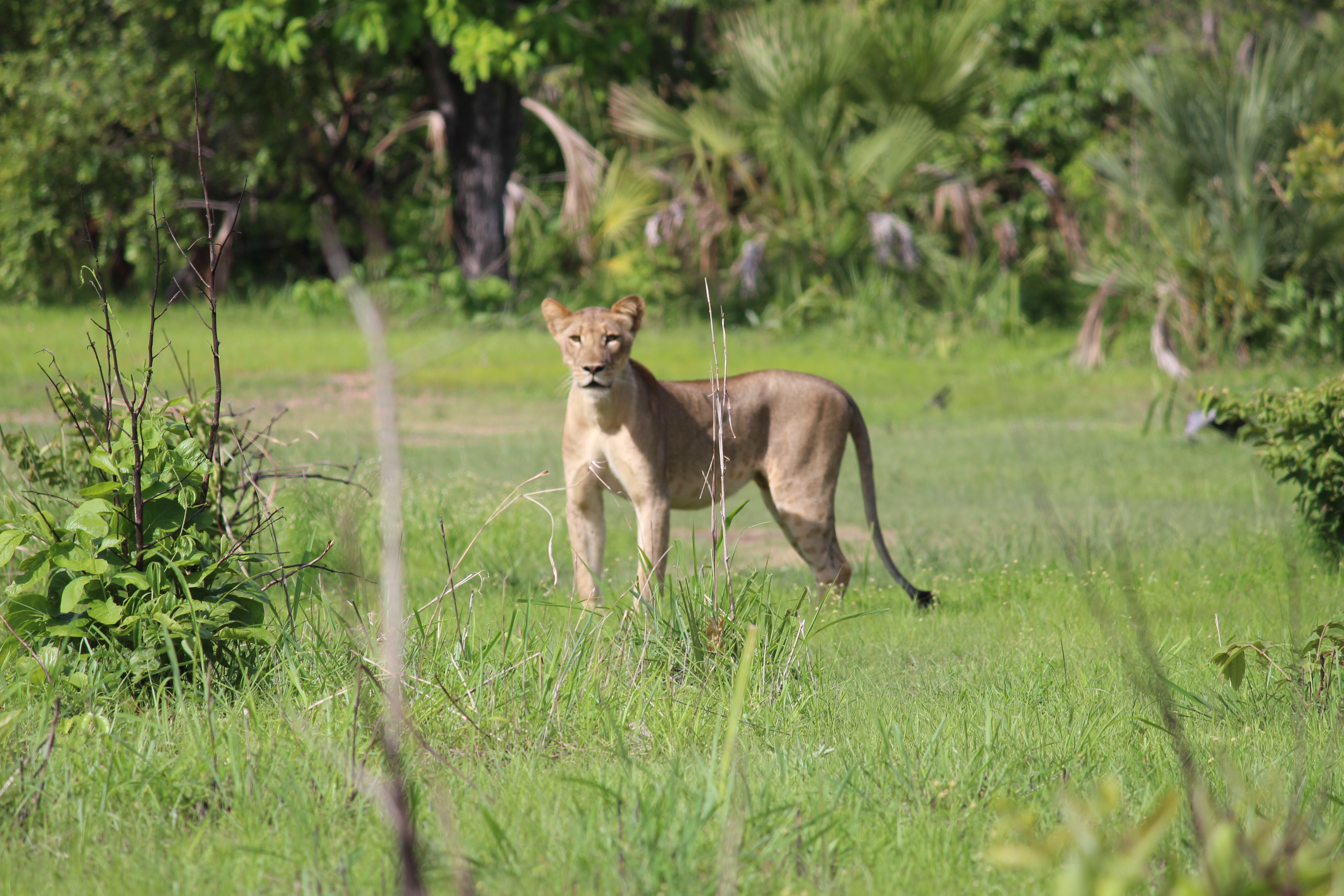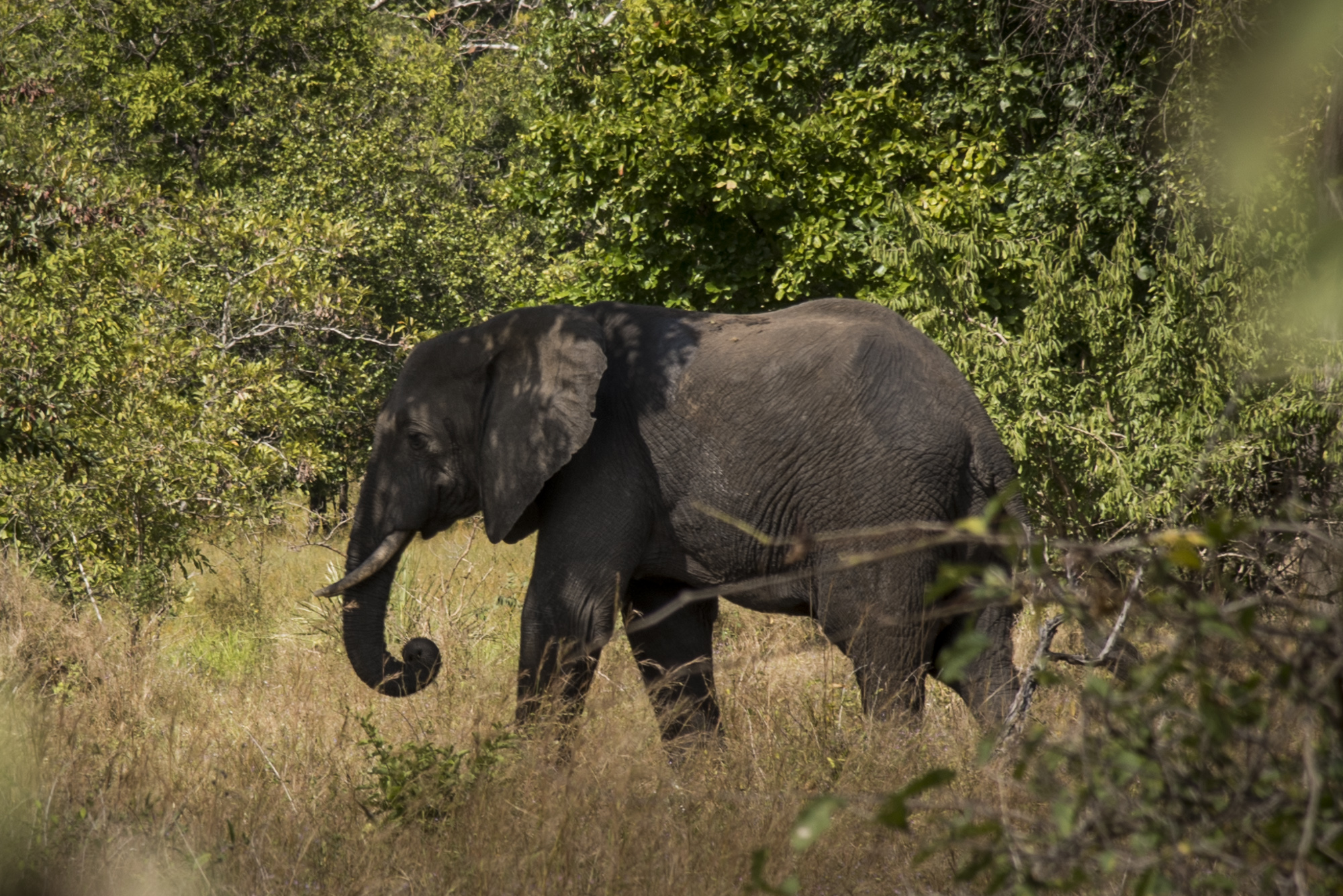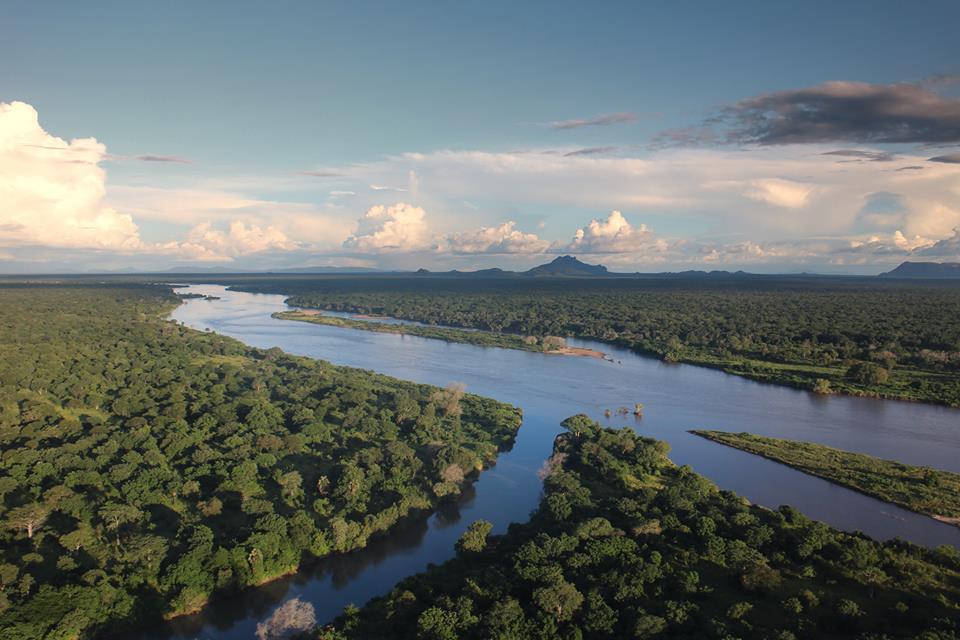The Niassa Special Reserve (NSR) in northern Mozambique is one of Africa’s largest (42,300 km2), wildest, and most spectacular protected areas. It is connected to the Selous Game Reserve (SGR, 55,000 km2) in southern Tanzania by the Selous-Niassa corridor, and remains connected by a natural corridor of forestry concessions to the Quirimbas National Park (7,506 km2) to its east on the coast of northern Mozambique. This remains one of Africa’s largest contiguous wilderness areas.

© Valdemar Jonasse
NSR comprises 31% of Mozambique's protected land and harbors the most significant populations of wildlife, including the largest populations of elephant (~4-4,500), lion (1,000-1,200), leopard, wild dog (400-450), sable, kudu, wildebeest and zebra. The Selous-Niassa elephant population is at the frontline of the elephant poaching crisis – this was the world’s second largest, and East Africa’s largest elephant population, with, in the early 2000’s, a combined population of over 70,000. Poaching began in 2008 and by 2010 the elephant population was estimated at 50,000–55,000 animals. Six years later unmanageable poaching has decreased this combined population to ~20,000 animals (~4,400 in NSR and ~15,217 in SGR).
Nonetheless this is still one of Africa’s most significant elephant populations, especially given the enormous extent of wild habitat available which means that this is one of the few areas left in Africa capable of holding tens of thousands of elephants again in the future. Beyond holding the most significant populations of Mozambique’s wildlife, NSR is also characterised by:
• Being one of the largest extant blocks of miombo woodland within a single protected area;
• Enormous inselbergs that stand hundreds of metres above the surrounding landscape and contain locally important and endemic biodiversity (e.g. the Mecula girdled lizard);
• The Rovuma and Lugenda rivers – both large perennial river systems, each with 300 km and 500 km of their course respectively within NSR; and
• A rich human cultural history – the majority of the geographic area of the Yao language and culture, cave-art sites dating back tens of thousands of years, and active sacred sites where traditional practices still occur...
Conservation Challenges
The majority of threats to NSR’s biodiversity stem from a combination of unmanaged human development, and uncontrolled and unmanaged use of natural resources. There are an estimated 40,000 human inhabitants living in NSR, mostly dependent on natural resources from the Reserve for their livelihoods – agricultural land, water, soil, timber, non-timber forest products, fish, bushmeat, and (currently to an insufficient extent) some tourism based revenues. This exploitation, both legal and illegal, is currently unsustainable for most resources, and is the cause of most of the key threats to NSR’s biodiversity.
These threats include artisanal mining, targeted poaching of high value species (e.g. ivory poaching, lion posioning), illegal logging of high value timber species, increasing land clearing for agriculture, fishing, timber felling for household use, expanding settlements, snaring for bush-meat – including catching carnivores as by-catch, unmanaged fire, retaliatory killing of both lions and elephants (largely driven by human-wildlife conflict), and veterinary disease. The local drivers of most of these threats are poor delivery of public services and development benefits to local communities, and weak governance – including law enforcement and PA management.
There are four current major threats to NSR’s biodiversity which are largely driven by external factors, i) poaching of elephants for ivory, ii) poisoning of large carnivores and vultures for body parts, iii) artisanal mining, and iv) the extraction of hardwood timber for commercial use. The main drivers for these threats are external markets, mostly in East Asia, however poor governance and weak law enforcement are the local drivers that allow these illegal activities to thrive in northern Mozambique.
Niassa Special Reserve has become synonymous with the recent elephant-poaching crisis, and within the reserve, elephants have declined by 70% between 2009 until 2015 (from ~15,000 to ~4,400 animals). These activities have helped to strengthen local criminal networks, and entrenched corruption amongst many local government authorities – particularly those involved in law enforcement. More recently, artisanal mining has flourished in NSR, leading to land degradation, polluting of rivers, bushmeat extraction, expanding criminal networks, and a negative social impact on local communities. Poisoning for lions and vultures has also emerged as a threat, putting at risk human and wildlife health, and indiscriminately killing many other species in addition to those targeted, in a way that is far more cruel and brutal than hunting.

@Frank af Petersens
The long-term threat to NSR is the possible consequences of the increasing human population in northern Mozambique. The human population growth rate is >3%, with ~56% of the population 19yrs or younger. The lack of economic opportunity for these people, and their continued dependence on natural resource extraction – in an area characterised by poor governance and corruption – must be addressed.
Conservation Approach
WCS's vision for Niassa Special Reserve is an ecologically sound and financially secure wilderness landscape co-managed by government and partners in diverse and cohesive blocks in cooperation with residents, providing a primary refuge for Africa’s megafauna and Mozambique’s rich biodiversity, and contributing to the sustainable development of Mozambique. The goal that we are working towards in order to achieve our vision for NSR is to secure the whole landscape by diversifying the land management categories within NNR and to co-manage these areas with appropriate partners, whilst reconciling the conservation of NSR within Mozambique’s sustainable development framework.
In order to focus conservation efforts, WCS, ANAC and the Provincial governments have initiated an ongoing landscape planning process that aims to reconcile biodiversity conservation and human development needs across the broader landscape. This includes implementing an improved zoning system for NSR that can better protect biodiversity and ecosystem processes, whilst also identifying poles for human development and reducing human-wildlife conflict. The landscape plan is built into the provincial development plans, and is coordinated with district planning. It provides the mechanism for coordinated action by Reserve management, local government agencies, the private sestor operators in and around NNR, and local civil society. Within NSR the landscape plan is implemented through the Reserve General Management Plan.

The focus for biodiversity protection within NSR is based on agreed conservation targets, followed by identified key threats, and drivers of these threats. Management actions are then based on mitigating these threats and improving the status of the conservation targets. This planning has involved numerous stakeholders (including private sector, local and national government, and civil society), and has identified the following conservation targets:
• Miombo woodlands – including dambos, and Miombo-associated wildlife;
• Montane forests – typically on inselbergs, and with associated wildlife;
• River systems – including the riparian strip, associated aquatic and wildlife species;
• Elephants – which have threats beyond those accruing to their habitats; and
• Large carnivores – which have threats beyond those accruing to their habitats.
Broadly, the key threats to these targets include:
• Illegal offtake/extraction of high-value resources for commercial gain – e.g. ivory poaching, illegal timber extraction, artisanal mining, commercial bushmeat extraction, poisoning for lion bones etc. These are immediate and are having an increasingly significant impact in NNR.
• Land-use change and land-clearing – for agriculture, peri-urban expansion, fuel-wood and building-wood, etc.
• Extraction of natural resources for subsistence use – e.g. subsistence bushmeat use, fishing, non-timber forest product harvest, etc.
• Human-wildlife conflict, which has led to retaliatory killing, and negative attitudes to wildlife and to the reserve itself.
• Human-wildlife-livestock disease issues – e.g. rabies, sleeping sickness, etc. .
Goals
Activities
Threats
Accomplishments